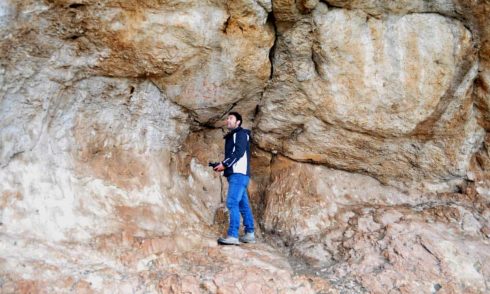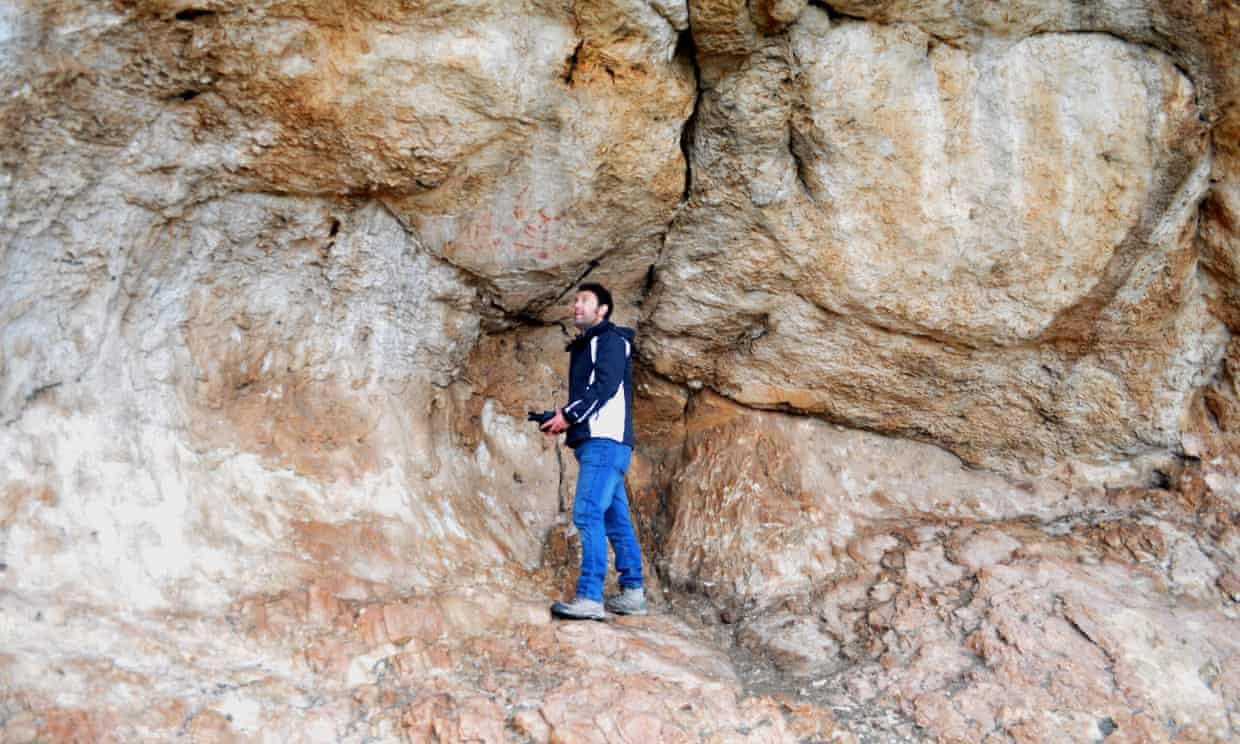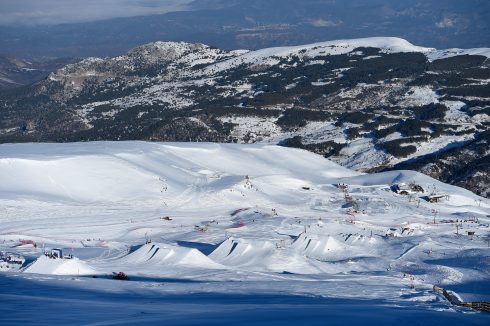RECENT studies carried out on prehistoric cave paintings nestled deep in the Andalucian hills have unearthed some interesting facts about life 7,000 years ago.
Experts from the University of Granada, Durham University and the Autonomous University of Barcelona carried out in depth analysis of neolithic paintings discovered in a cave in Los Machos, Granada.
During their findings, recently published in the Journal of Antiquity, they discovered that painting on the walls of dwellings was not a pass time reserved for the males of the community but was very much a social activity.

This discovery was made possible thanks to the ability to establish the ages and sexes of the individuals responsible for each illustration through fingerprints left at the scene.
The expert analysis revealed that fingerprints were left by both men and women and from a wide variety of ages.
The 32 individual cave markings, made somewhere between 5,500 BC and 2,500 BC, were discovered a number of years ago, but using new technologies have only just begun to reveal their latest secrets.
Francisco Martinez Sevilla, researcher at the University of Granada, told The Guardian: “We looked at the number of fingerprint ridges and the distance between them and compared them with fingerprints from the present day.
“Those ridges vary according to age and sex but settle by adulthood, and you can distinguish between those of men and women. You can also tell the age of the person from the ridges.”
The data collected from the site revealed that the scene was created by a male individual of around 36-years-old alongside either a 20-year-old female or a young adolescent male.
“From our point of view, if there are two people taking part in the creation of this pictorial panel, it means it must have been a social, rather than an individual, act, as we’d thought until now,” said Sevilla.
Sevilla also commented on the archaeological importance of the site.
“The area where they are, and the fact that they haven’t been changed or painted over, gives you the feeling that this was a very important place and must have had a really important symbolic value for this community,” he said.











